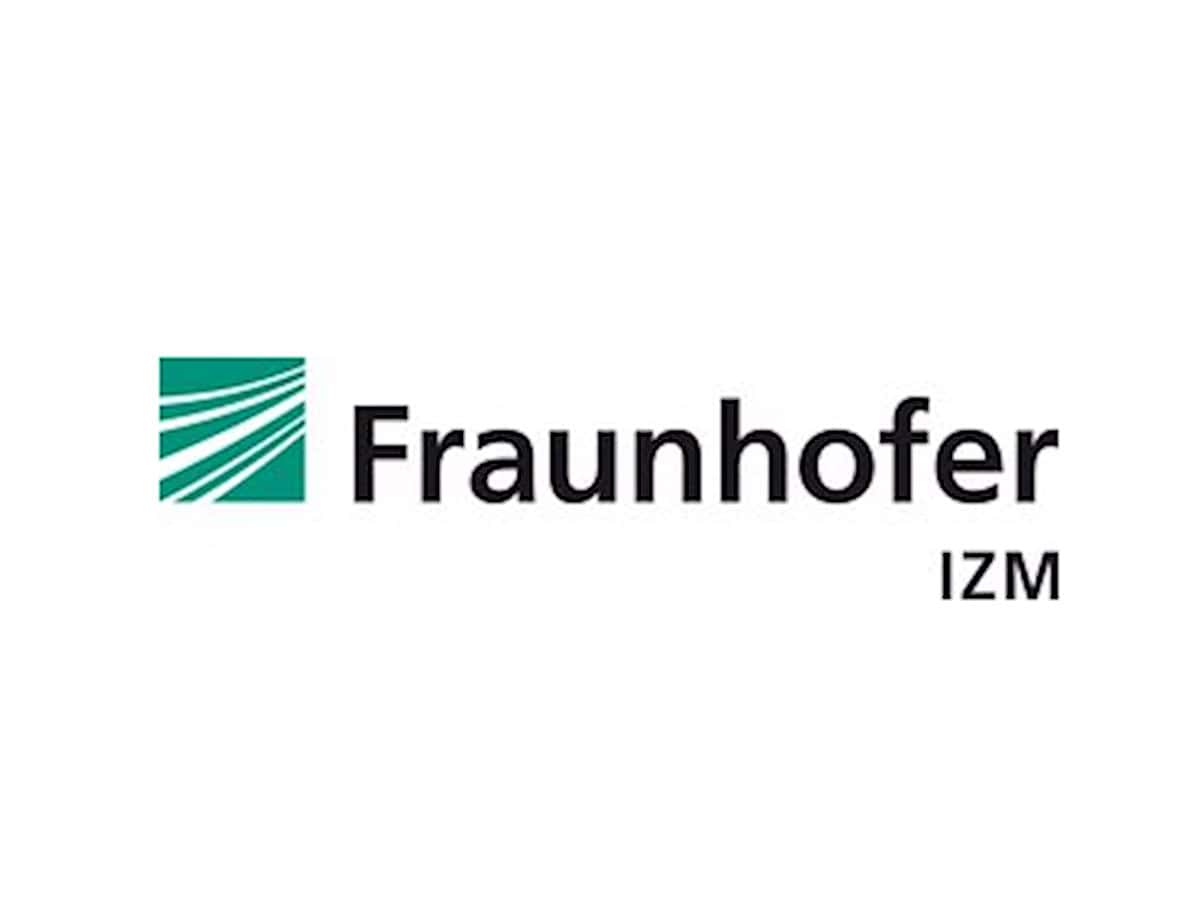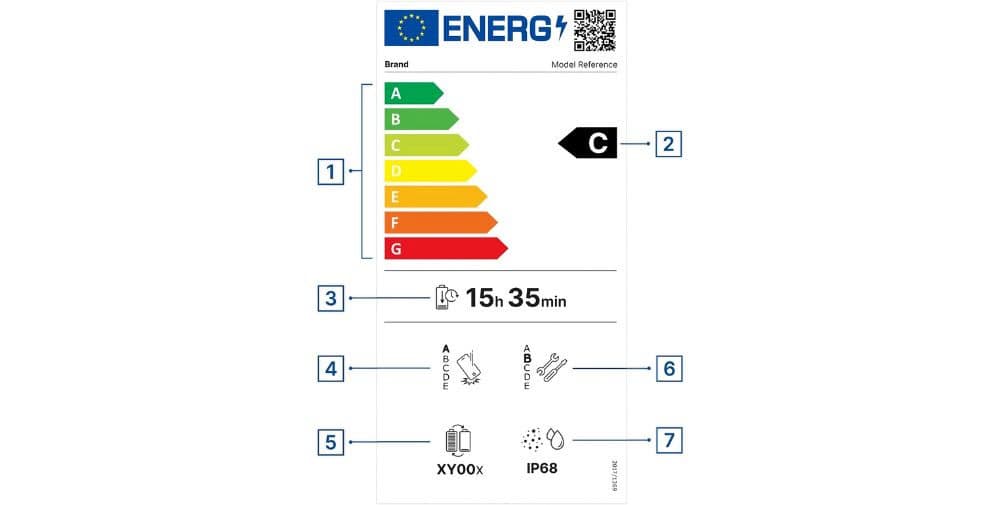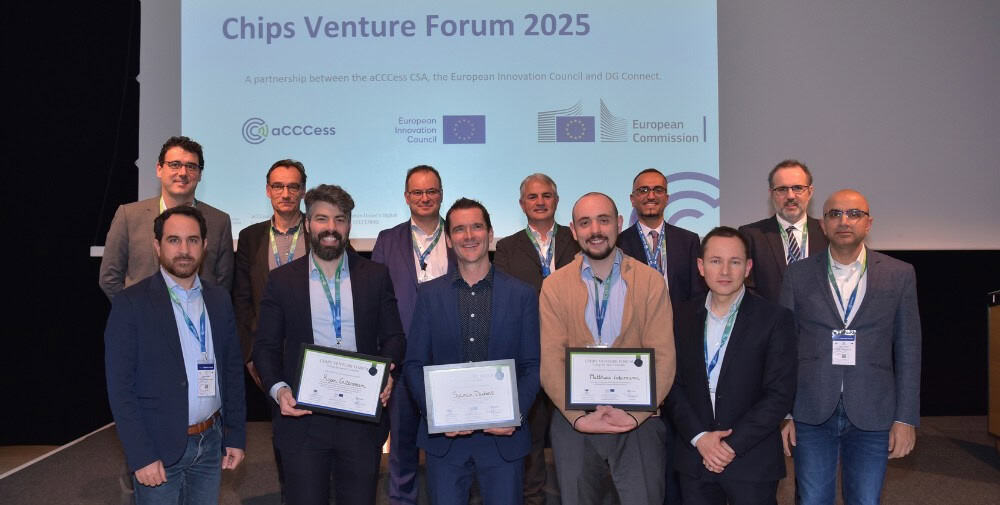
The European regulation aims to significantly extend the lifespan of mobile devices – with clear benefits for consumers and the environment alike. As early as 2022, a survey by the Fraunhofer Institute for Reliability and Microintegration IZM showed that it is not only energy consumption that plays a role for users, but also the longevity of the devices. The latter is decisive for the environmental balance, as an extended service life not only means a lower environmental impact during production, but also lower acquisition costs, as a new device has to be purchased less frequently. Technical requirements for robustness, battery life and guaranteed access to spare parts and software updates are intended to increase the average life cycle of a mid-range smartphone from 3.0 to 4.1 years. In this way, the initiative not only promotes sustainable consumption, but also helps to reduce electronic waste, which is an ever-increasing burden on the environment.
Sustainable impact through technical requirements
The label is closely linked to new ecodesign requirements. A particular milestone: the new label introduces the first EU-wide standardized reparability assessment, which has not yet been available for any product group. Even more important than good repairability is good durability of the appliance so that the damage to be repaired does not occur in the first place. For this reason, the repairability index is accompanied by three further assessments that address typical weak points: Robustness against falls is shown, for example, and protection against the ingress of dust and moisture is also given a prominent place on the label by indicating the IP class. Batteries should survive at least 800 charging cycles and retain 80% of their original capacity. It is to be expected that many smartphones will achieve battery charging cycles of well over 1,000 and thus differentiate themselves from products that only meet the minimum requirements. In addition, the new Ecodesign Regulation obliges manufacturers to keep critical spare parts available for at least seven years. They must also guarantee non-discriminatory access to the necessary software and firmware for repair measures. All products bearing the EU energy label must be entered by manufacturers in a European product database (EPREL). This database can be accessed via the QR code on the energy label. This enables an informed purchasing decision based on sustainability criteria – in the spirit of a circular economy.
The potential savings are considerable: the new requirements are expected to reduce primary energy consumption for the manufacture, distribution and use of mobile devices by almost 14 terawatt hours per year by 2030, which corresponds to around a third of the amount of energy previously required. The electricity savings of around a quarter for high-end smartphones and tablets are also considerable. Overall, the measures result in savings of 20 billion euros for the EU member states, which corresponds to around 98 euros per household per year – a strong argument for sustainable technology.
Fraunhofer IZM as a key driving force
Fraunhofer IZM was heavily involved in the development of the new label and the minimum requirements in terms of eco-design – in particular, researchers at Fraunhofer IZM helped develop the tests for mechanical robustness. For example, a drop test, which in future will be a prerequisite for the market approval of mobile devices. Project manager and ecodesign expert Karsten Schischke from Fraunhofer IZM summarizes: “With the new EU energy label, we are focusing on reliability and reparability for mobile devices. This not only conserves resources considerably, but also addresses consumers’ wishes for longevity. Acquisition and maintenance costs can thus be reduced many times over.” A comparable label for laptops is already under development and is expected to be introduced from 2028 – again with the involvement of Fraunhofer IZM.
The Ecodesign Regulation (EU) 2023/1670 for cell phones, cordless phones and tablets is an implementing measure of Directive 2009/125/EC. At the same time, Delegated Regulation (EU) 2023/1669 on energy labeling of smartphones and tablets was issued. Both regulations will apply from June 20, 2025. More information on the regulations can be found at: Smartphones and tablets – European Commission and Ecodesign requirements for smartphones & tablets (act to correct Regulation (EU) 2023/1670).
– – – – – –
Further links
👉 www.izm.fraunhofer.de
Photo: European Commission




